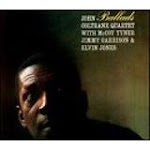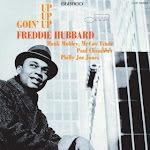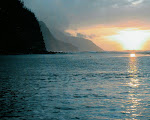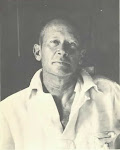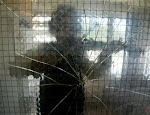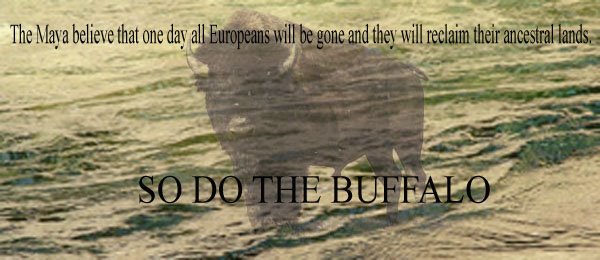
On The Future of Nations Exhibition & “GLOBAL WARNING”
The Earth, as we know it today, is peaceful and serene by nature. It’s survival depends on a balance of energies, which it is constantly working to maintain. When a single force expands to the extent that Earth’s natural balance is disturbed, a counter balance of energies will arise to regain the equilibrium. Human beings have been roaming around the Earth for about six million years, yet it was only 10,000 years ago that the first human civilizations were formed. Considering that life first emerged on Earth 2 or 3 billion years ago, 10,000 years is a considerably short amount of time. Yet here we now stand, one comparatively young specie, on the verge of destroying ourselves, our civilizations and most other life around us. After we are gone the Earth will still be here and new life will undoubtedly form, and perhaps one day new civilizations will be formed by creatures that may even look a bit like us. Yet, for us, this is our moment, our time to choose. We are the only creatures on Earth with the power to consciously choose our own fate, the fate of this beautiful life we share with all the other life forces on Earth.
The human being is a strange animal. Anthropologically we are a marvel. Creatively we can display genius. Socially we are complete idiots. I doubt there is one sane human being on this Earth today that would choose to destroy himself, his specie, and life as we know it on this Earth, yet our societies, our civilizations, our governments are doing just that, while we stand by individually shaking our heads in wonder and disgrace. Individually we feel helpless before the faceless powers of social greed, selfishness and fear. What can be done? Perhaps nothing. Perhaps this is the manner in which the Earth works to maintain its equilibrium. Perhaps life is not the Earth’s criterion. Certainly not human life. The Earth is a planet within a solar system within a galaxy that is drifting through eternity along with billions, even trillions of other galaxies, pursuing an end that for us is beyond comprehension. What we do here and now will have no effect on the inevitable course of eternity. We can leave all that in the hands of the unknowable force that created all of this. But here, now, you and me, what can we do about our own fate? What must be done?
We must live.
The purpose of life is to live. We must live free in spirit and without fear. We must sing, we must dance. We must feed ourselves and our neighbors and all living things with our joy, our love, our life. We must play our horns, beat our drums, recite our poems, make love, tickle our children, plant crops, build villages, swim in the beautiful rivers and oceans, fly kites, sail boats, sleep under the stars, wake up to the sun, fly through the air. We must work with joy in our hearts. Do what we please. Eat when we are hungry. Sleep when we are tired. We must follow our intuitions, and most of all we must trust and love ourselves. Whoever we are, whatever we do, we are alive here and now in this very moment and our first and only responsibility is to live. Life is the antidote for fear. In the face of life, fear in all of its forms is dissolved. Greed, power lust, selfishness, anger, judgment, prejudice, self-indulgence, egotism, resentment and hatred, when faced with the power and light of life, are disarmed, neutralized. Our job is to live.
The composition, “Global Warning”, begins with the placidity of a mountain meadow, passes through the cacophony of our present civilization and finally ends with two words: Hey, you! It’s up to us, you and me, to reinforce the powers of life within our societies. It’s up to us, those of us displaying our works of art, the products of our imaginations, the fruit of our lives, in this exhibition, and everyone who has worked to put this together, and all of you who have come to share the work and your concerns, it is up to each of us to turn and face the forces of fear with the power of our lives, with the truth that we know in our hearts, with our love for life that is boundless and unstoppable. Light always dissolves darkness. You and I carry the torch.
Tom Reddock
April, 2008






